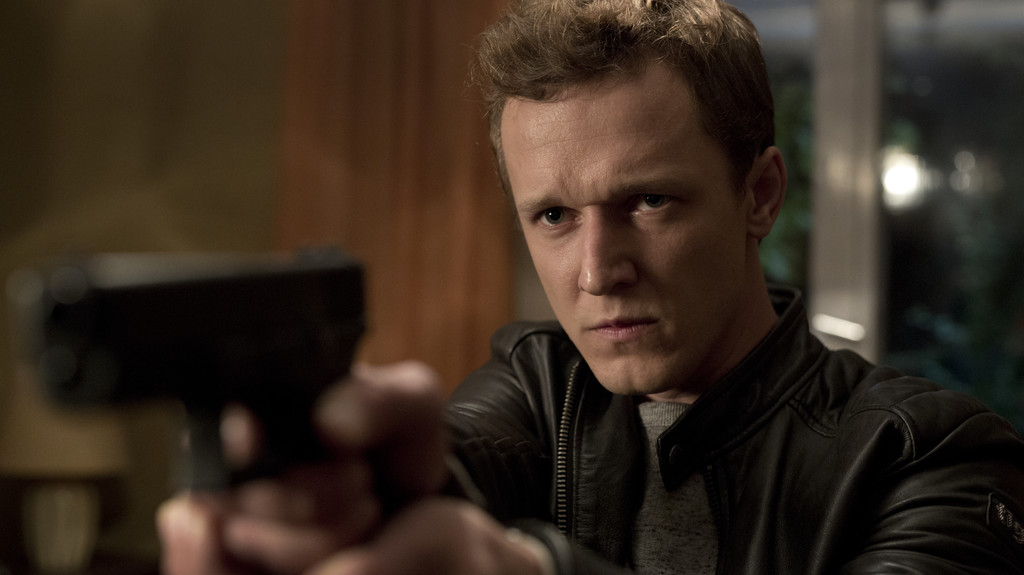
Almost two decades into the 21st century, some may think the cinema is in decline. At times there’s the impression that this century’s best films are products of nostalgia. For example, La La Land is a homage to Golden Age Hollywood and French New Wave musicals, or the works of Quentin Tarantino are mere pastiches of old B-movies.
To prove this view false, here is a list of great 21st century films that deserve more attention. With each film as evidence, it is clear that contemporary cinema is as innovative as in the older times. Some works on this list are by the old masters such as Werner Herzog, Ingmar Bergman, and Andrzej Wajda. While others are made by obscurer directors from non-English speaking regions such as Greece and Hong Kong.
Some of the movies deal with history, some are pure fiction. The films’ common feature is their deep attention to the universal human experience. These motion pictures are chosen for both their technical virtuosity and intellectual depth while being at the same time great entertainments.
10. Invincible (2001)
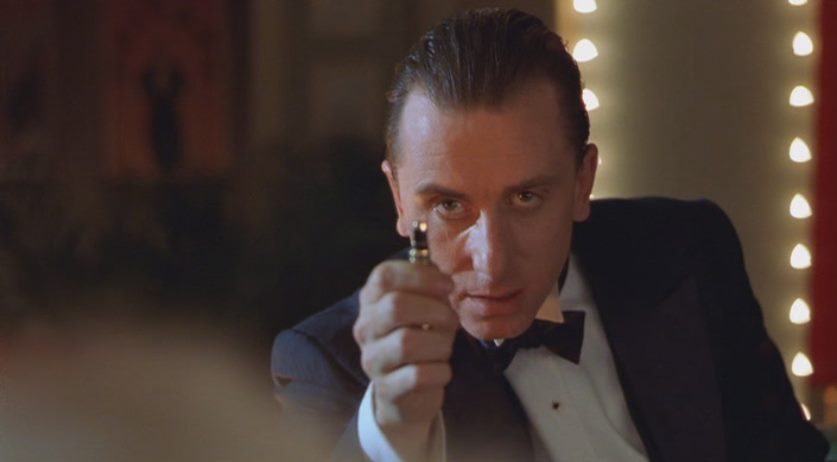
Werner Herzog’s minor masterpiece recounts the life of an extraordinarily strong Jewish blacksmith in Nazi Germany. The film treats historical cruelty with imaginative powers. In a dream sequence, crabs walk along railway tracks amidst the fog, waiting for the train to come, as if mourning the Jewish tragedy.
Tim Roth’s portrayal of the Nazi-affiliated astrologer, Erik Jan Hanussen, is particularly gripping. Like his intricate performances in Quentin Tarantino’s works (Reservoir Dogs, Pulp Fiction, The Hateful Eight), Roth’s charisma dominates each frame. He crafts Hanussen’s fears and discontents with studied control while preserving the character’s mystery.
On a side note, Invincible should be compared to István Szabó’s Hanussen:Hitler’s Astrologer (1988). Szabó sympathizes with the character while Herzog sees him as wholly unpleasant. The films are two interpretations of the same history and are both masterpieces in their own rights.
Herzog’s other masterworks (Aguirre, the Wrath of God; Fitzcarraldo; The Enigma of Kaspar Hauser) overshadow this film. It is true that the movie sometimes diverges into the bizarre and the fantastical. While it may not be the director’s absolute best, it remains a treasure of 21st century cinema.
9. Gallants (2010)
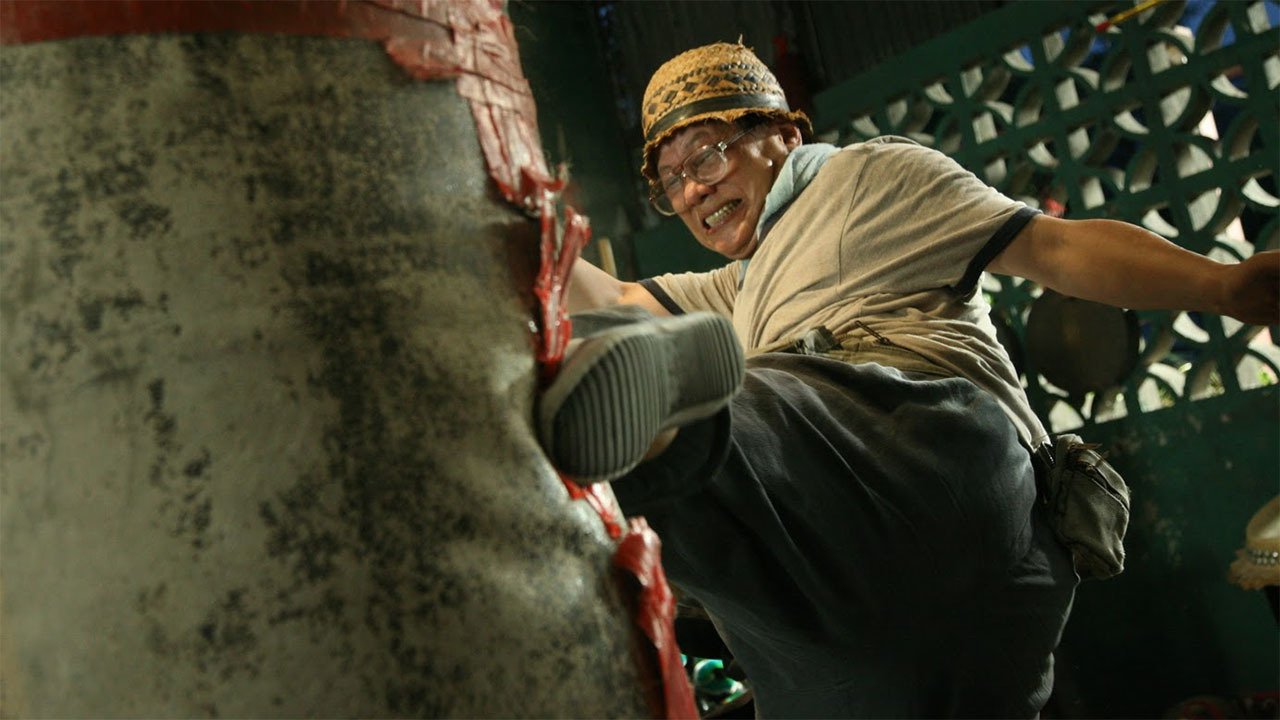
This little-known kung-fu comedy won Best Picture in the Hong Kong Film Award. With its perfectly choreographed action sequences and in-depth characterizations, the film is more than mere entertainment.
Tinged with nostalgia for 70s and 80s kung-fu films, directors Chi-kin Kwok and Clement Sze-Kit Cheung use genre tropes to create absurd and sometimes cliche-ridden visual puns, but never delving into the vulgar and the amoral.
Gallants is soaked with the feel and smell of Hong Kong. The Chinese title literally means ‘fight in the ring’. The allusions to golden age Hong Kong cinema and the city’s colonial history ultimately construct its intellectual depth.
The didactic film is emotional and positive. It urges us to triumph over evil, to have faith in oneself, to fight against the odds, and to never give up. Yes, these messages are old; but the incredible blocking and the superb performances utter them with such sincerity and craft that it is worthwhile to hear them again.
8. One Man Up (2001)
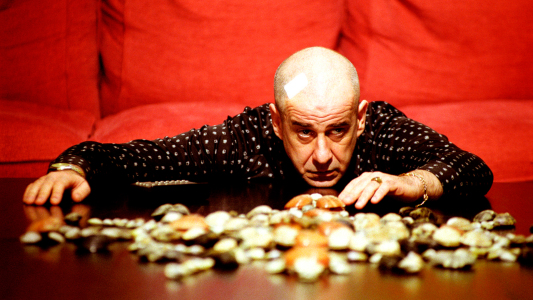
Paolo Sorrentino’s Academy Award-winning philosophical masterpiece, The Great Beauty, is no doubt one of the greatest 21st century cinematic achievements. His debut film, One Man Up, allows the audience to glimpse into the director’s obsessions. It is a forgotten great film.
Contrasting the lives of a football player and a rock star, Sorrentino depicts the decline of artists with sympathy. Narrating the two men’s reclusiveness and excess, desires and failures, the film forces us to consider the multitude of human experience.
This film is essential to the fans of The Young Pope. With a similar strange sense of humor, the audience peers into the nature of social influence when witnessing journeys of drunkenness and flashes of great beauty.
Sorrentino’s first exploration of the anatomy of art and power, followed by The Consequences of Love, Il Divo, and Youth, this film may not be his most maturely executed. Nonetheless, it reflects the portrait of the director as a young man and his undeniable talent. It is also a great pleasure to watch.
7. Trilogia (2004)
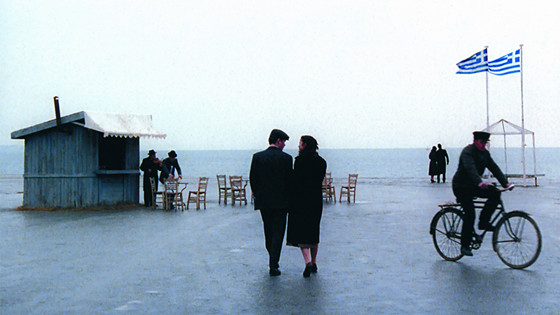
Theodoros Angelopoulos may be best remembered for his Palme d’Or-winning Eternality and a Day. His historical epic, Trilogia, however, is on the same scale of greatness. Depicting the events from the end of World War I to the start of the Greek Civil War, the film follows the life of a young woman, Eleni (Alexandra Aidini).
On the vast historical canvas, Angelopoulos paints the universal experiences of love, marriage, and family. In the tradition of the epic narrative, like Leo Tolstoy’s War and Peace and Thomas Mann’s Buddenbrooks, the film explores the young individual’s coming of age in the face of historical chaos. History is seen from the microscopic scale.
Despite what the 19th century English ist Thomas Carlyle may argue, history is not the narrative of great men. The Napoleons and Julius Ceasers may be the most talked about figures, but it is the little men and women that drive historical events forward; for history is the story of people, not of the few individuals. This film demonstrates this point with poetic images beyond utterable words.
Nominated for the Golden Bear at the Berlin International Film Festival, this movie deserves more attention. Its technical intricacy and deeply felt humanism make it a truly genuine work of art. Angelopoulos, one of the best directors of the last fifty years, is gradually being forgotten. His works should be more widely seen.
6. The Image Makers (2000)
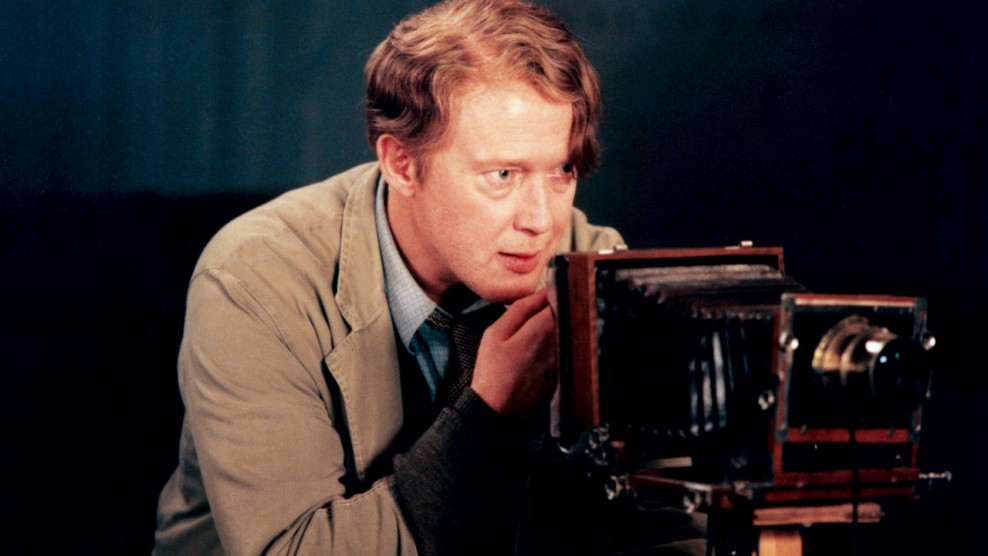
The best remembered of Ingmar Bergman’s late works is the sequel to Scenes from a Marriage, Saraband (2003). The Image Makers, a TV movie and a love letter to the cinema, is often passed onto silence.
The film is about Victor Sjöström, the main actor of Bergman’s own Wild Strawberries, and the director of Bergman’s major influence, The Phantom Carriage. The event is Sjöström’s meeting with the first woman to have won the Nobel Prize for Literature, Selma Lagerlöf.
This work’s style stems from Bergman’s career as a theater director. The presentation is more stage-like and dialogue-based than most of Bergman’s widely known films. But the film is far from boring, its deliciously crafted conflicts raise the themes of language, sexuality, and death.
Bergman is one of the most influential filmmakers of the 20th century. This late masterpiece is akin to Beethoven’s late string quartets. While not being the most thematically experimental of his works, it is a strikingly modern interpretation of art and life.